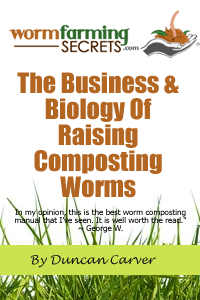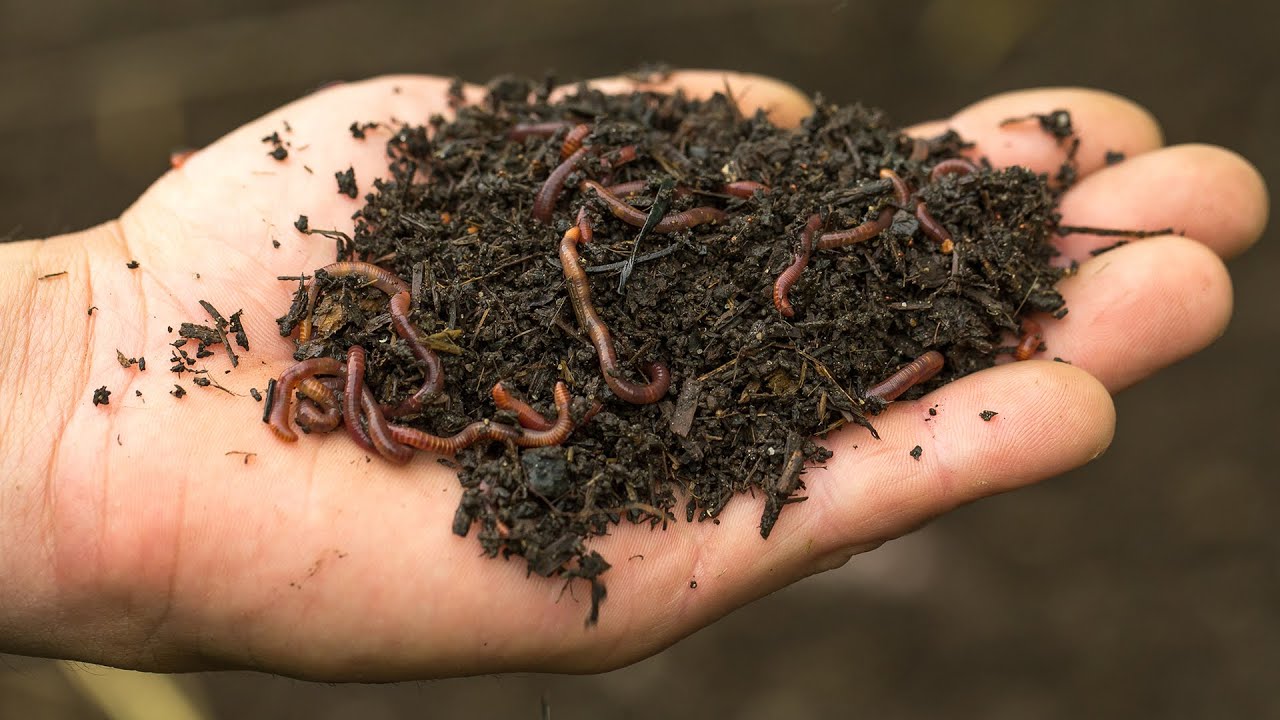“I’ve started worm composting in my garden here in Nelson, New Zealand, and I’ve created a decent amount of worm castings. I want to store the worm castings until I’m ready to use them in my flower beds and vegetable garden. How do I properly store worm castings so they remain effective and don’t go bad?” Thanks, Rachel, Nelson, New Zealand.
How Do I Store Worm Castings?
Hey Rachel, it’s great to hear you’re getting into the world of worm composting! Let’s chat about how to store your worm castings so they stay fresh and chock-full of nutrients for when you’re ready to use them in your garden. Worm castings, often referred to as “black gold,” can significantly boost plant health, but only if stored correctly. Let’s break it down step-by-step.
Why Proper Storage is Important
Before jumping directly into storage methods, let’s first understand why it’s essential to store worm castings correctly. Worm castings contain beneficial microbes, nutrients, and enzymes that can significantly improve soil quality and plant health. Improper storage can lead to the loss of these valuable elements, rendering the castings less effective.
Moisture Control
One of the most critical factors in storing worm castings is moisture control. Castings that are too wet can become moldy and might even start to smell bad, while overly dry castings can lose some of their microbial life. Here’s how to manage moisture:
- Keep them moist but not wet: Aim for a moisture level similar to that of a wrung-out sponge. If the castings are too dry, lightly mist them with water.
- Avoid direct exposure to water:
- If stored outdoors or in a humid area, ensure the container is waterproof.
- In case of unexpected rain, always have a backup plan to quickly cover or move your storage container.
Choose the Right Container
The choice of container can also have a significant impact on how well your worm castings fare during storage. The goal is to keep them aerated yet moist. Here are some recommendations:
- Aerated Containers: Use containers with small ventilation holes to allow for airflow while still maintaining the right moisture level.
- Cloth Bags: Breathable cloth bags or sacks work well to keep the castings aerated. They maintain a good moisture level and are easy to store.
- Plastic Bins: If you’re using plastic bins, make sure to drill small holes for airflow. Also, line the bottom with newspaper to absorb excess moisture.
Temperature and Light
Rachel, another thing to keep in mind is temperature and light. Extreme temperatures can kill the beneficial microbes in the worm castings.
- Cool and Dark: Store your worm castings in a cool, dark place—like a basement or garage. Direct sunlight can dry them out too quickly, whereas extreme cold can harm microbial life.
- Moderate Temperatures: Aim for a stable temperature range between 50°F to 80°F (10°C to 27°C). This range helps maintain the microbial activity within the castings.
Monitoring and Maintenance
Maintaining the quality of your stored worm castings is a continual process. Here are a few tips:
- Regularly Check Moisture Levels: Check your container every couple of weeks to ensure the moisture level is just right. Adjust as needed by adding a bit of water or letting them air out.
- Stir Occasionally: Give your worm castings a gentle stir every now and then. This helps to maintain aeration and prevents compaction.
- Watch for Mold: While some white mold is generally harmless, a significant mold presence or any foul odor indicates that the castings need more ventilation or are too wet.
Signs of Well-Stored Worm Castings
How do you know if your worm castings are well-stored? Here are some signs to look for:
- Fresh Earthy Smell: Properly stored worm castings should have a pleasant, earthy smell. If they smell bad, something is off.
- Loose and Crumbly Texture: They should feel loose and crumbly, somewhat like coffee grounds, indicating the right moisture and texture.
- Consistent Color: The castings should maintain a dark, rich color, indicating they are nutrient-rich.
Best Practices for Usage
Rachel, when you’re ready to use those well-preserved worm castings, here’s how to get the most out of them:
- Top Dressing: Spread a thin layer on the surface of your soil. It slowly releases nutrients and enhances soil structure.
- Mix with Potting Soil: Blend castings with your regular potting mix in a ratio of about 1:4 (one part castings to four parts soil).
- Compost Tea: Steep a handful of worm castings in water for 24-48 hours to create a nutrient-rich compost tea. This can be used to water your plants, giving them a nutrient boost.
Common Mistakes to Avoid
Here are some common pitfalls to steer clear of:
- Overwatering: Adding too much water to stored castings can make them soggy and moldy.
- Under Ventilating: Lack of proper airflow can cause anaerobic conditions, leading to a foul odor and loss of beneficial microbes.
- Ignoring Regular Checks: Neglecting to periodically check the state of stored castings can result in unnoticed issues that degrade their quality.
Final Thoughts…
Thanks, Rachel, for sending this fantastic question all the way from Nelson, New Zealand! Properly storing your worm castings ensures that they remain effective and ready for use when your plants need them most. Remember to keep them moist but not soggy, store them in the right conditions, and maintain good aeration. By following these steps, you’ll be able to maximize the benefits of your worm castings for a flourishing garden. Happy gardening!



